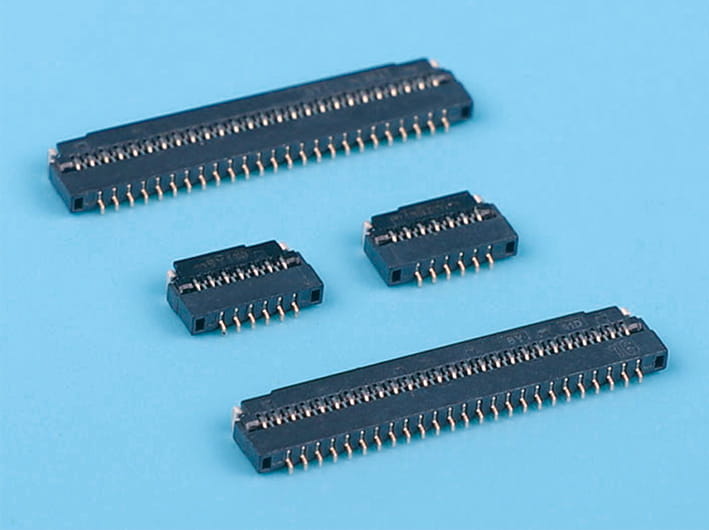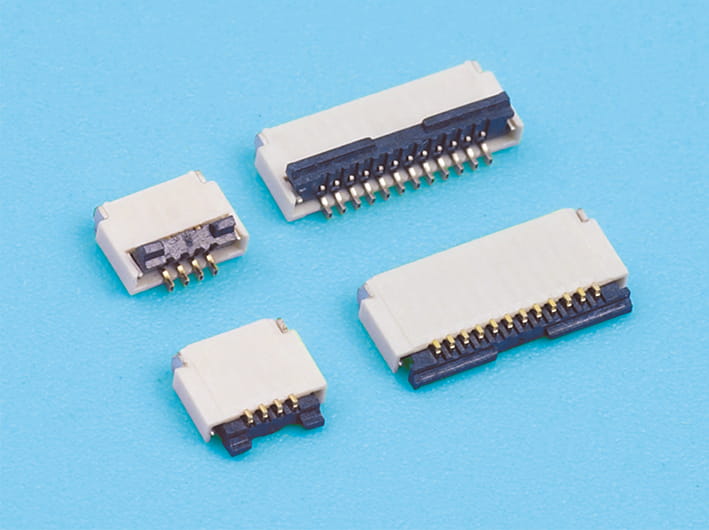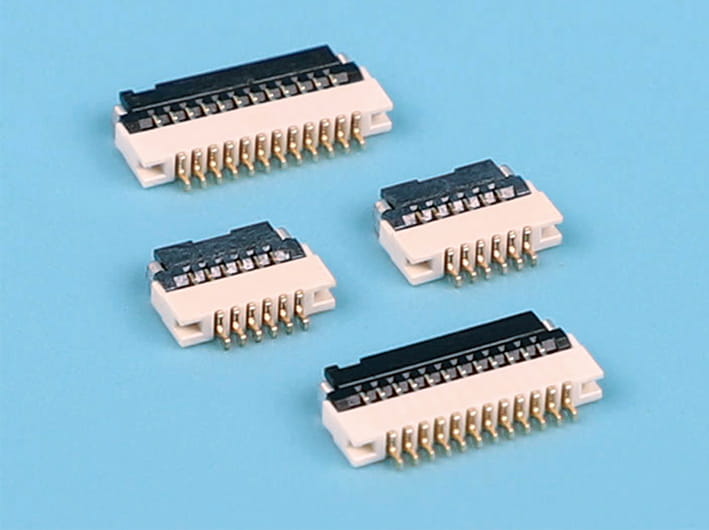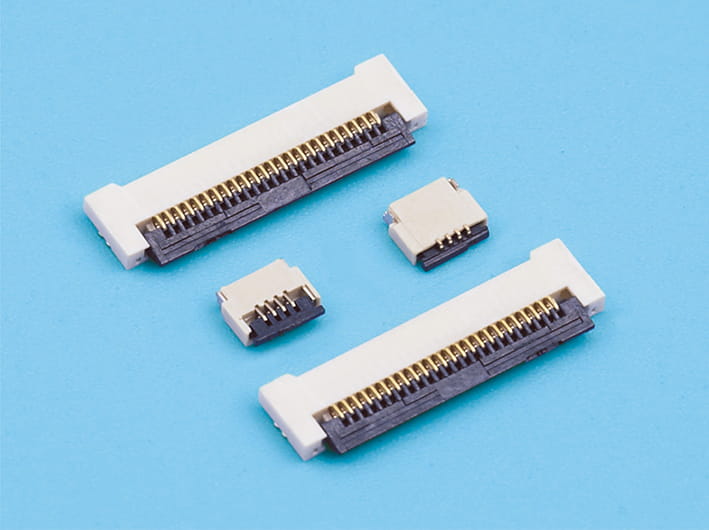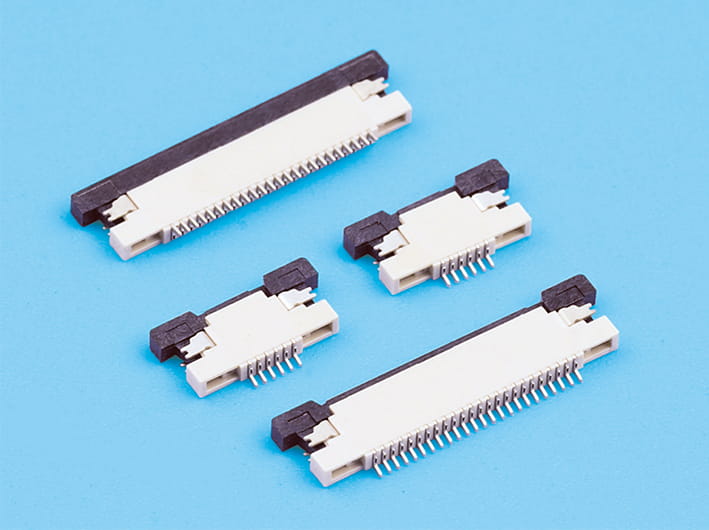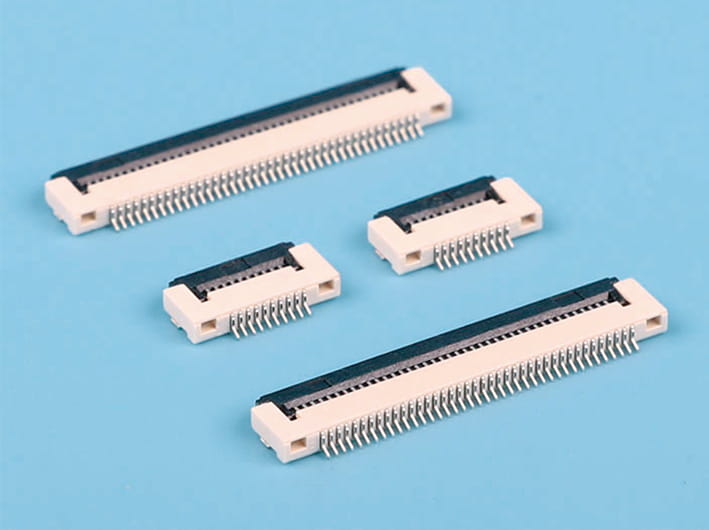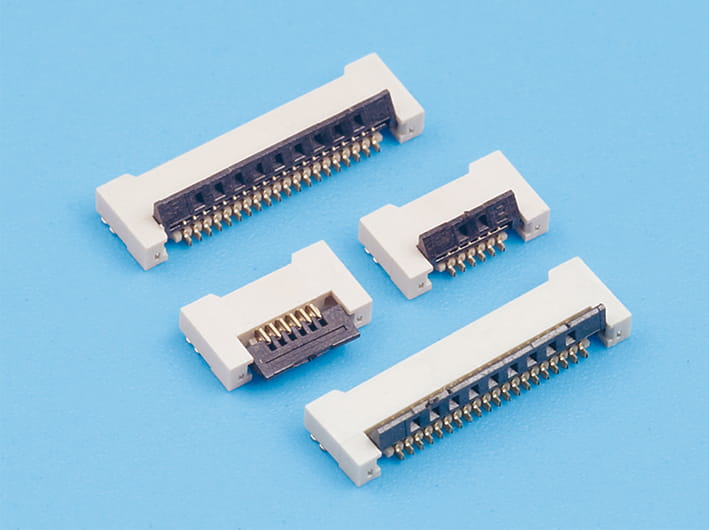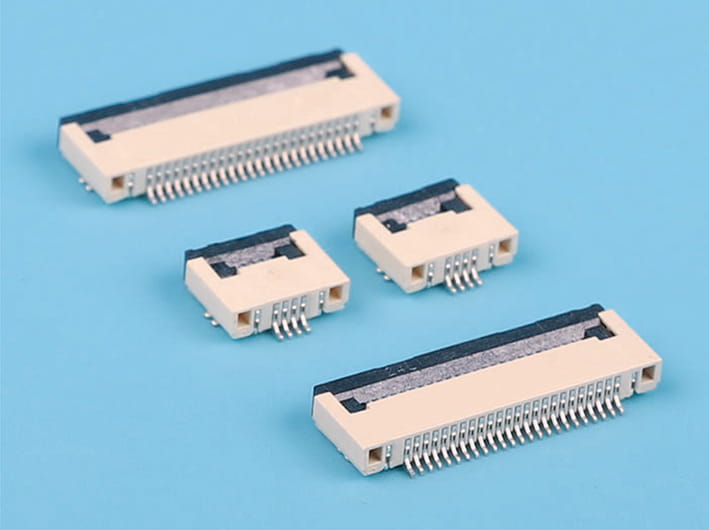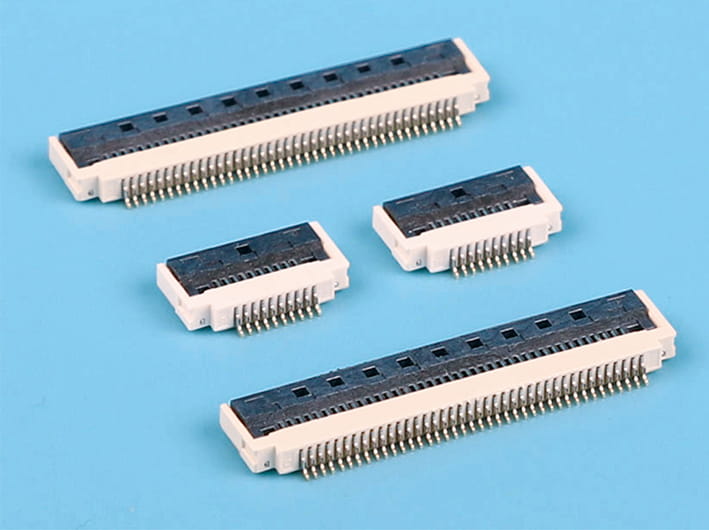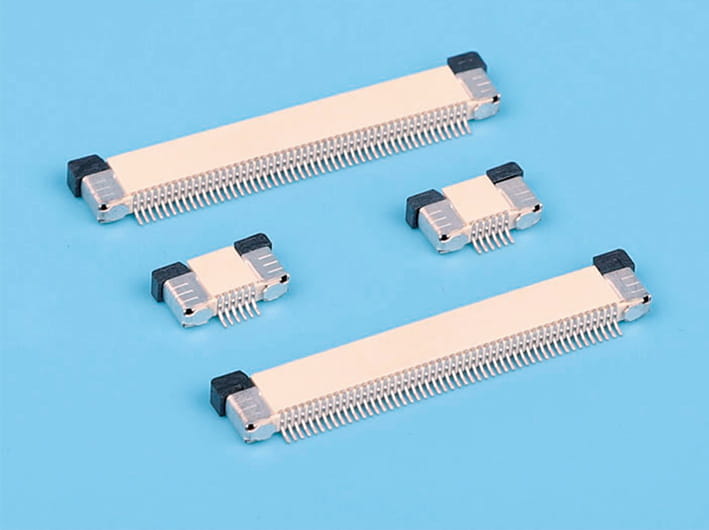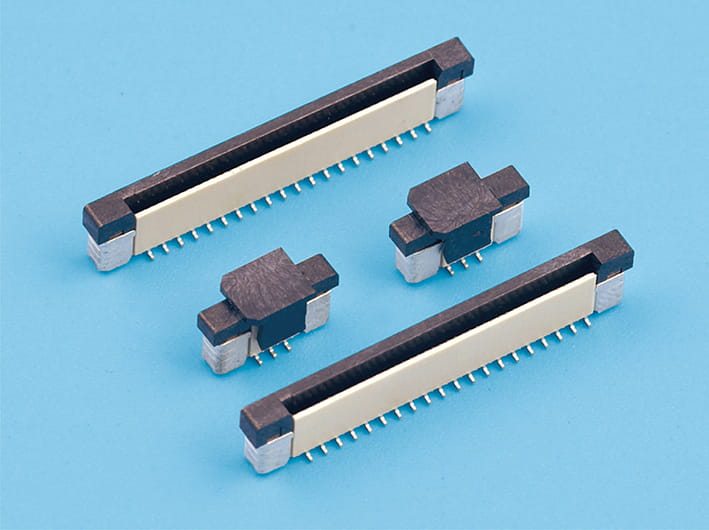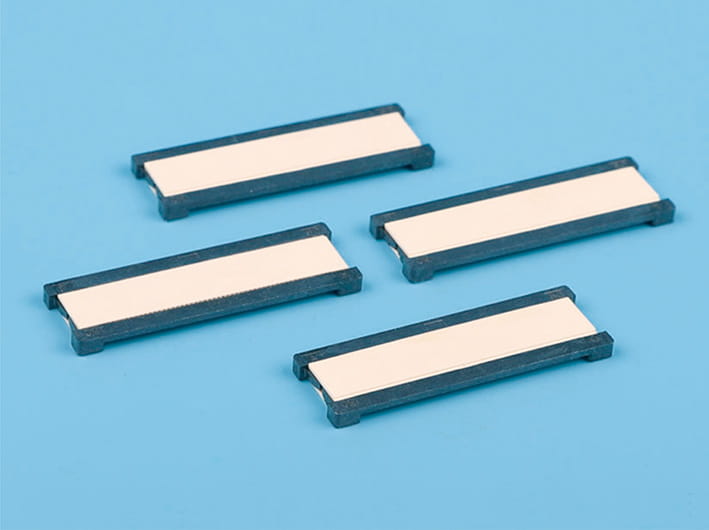Locking and Anti-Disengagement Features of WTB Wire to Board Connector
The stability of electrical connections is critical for reliable system performance. Loose or disconnected wires can cause operational failures, signal loss, or even safety hazards. The WTB Wire to Board Connector addresses these challenges with designs intended to prevent accidental disengagement. Understanding how its locking and anti-drop mechanisms function is essential for engineers and technicians who require secure, dependable connections in demanding applications.

Mechanical Locking Mechanisms
A primary feature that enhances connector security is its mechanical locking design. WTB Wire to Board Connectors often include latch mechanisms, snap-in features, or friction-based retention systems that secure the connector to the PCB. These mechanisms ensure that once the connector is inserted, it remains firmly in place despite vibrations, mechanical shocks, or external handling. The locking components are engineered to balance ease of installation with reliable retention, preventing accidental removal while still allowing intentional disengagement during maintenance or reconfiguration.
Anti-Disengagement Design Principles
Beyond basic locking, anti-disengagement features further enhance reliability. These design elements may include secondary retention clips, reinforced housings, or guide rails that maintain alignment and resist lateral movement. The combination of primary and secondary retention systems reduces the risk of partial disengagement, which can cause intermittent electrical contacts or system malfunctions. By preventing movement along multiple axes, the connector maintains consistent electrical performance even under mechanical stress.
Importance in High-Vibration Environments
Locking and anti-disengagement features are especially critical in applications exposed to vibration, such as automotive electronics, industrial machinery, or aerospace systems. Vibrations can gradually loosen standard connectors, causing unreliable connections or complete failure. WTB Wire to Board Connectors with robust retention systems can withstand these conditions, ensuring stable operation over long periods. The integration of mechanical locks and anti-disengagement designs reduces the need for frequent inspections, reducing maintenance costs and improving system uptime.
Ease of Use and Installation
While security is essential, ease of installation is also important. The locking mechanisms are designed to allow connectors to be inserted smoothly and secured with minimal effort, without requiring specialized tools. Properly designed anti-disengagement features ensure that the connector can be removed when necessary without damaging the board or the wire terminals. This balance between retention and accessibility is crucial for both assembly line efficiency and long-term serviceability.
Electrical Performance and Reliability
Maintaining a secure mechanical connection directly affects electrical performance. Loose or partially engaged connectors can cause intermittent contacts, increased resistance, or signal degradation. By incorporating locking and anti-disengagement designs, WTB Wire to Board Connectors ensure consistent electrical continuity. This reliability is particularly important in critical systems where even brief interruptions can compromise device functionality or safety.
Ensuring Secure and Reliable Connections
The WTB Wire to Board Connector’s locking and anti-disengagement features provide robust mechanical security, preventing accidental disconnections and maintaining consistent electrical performance. Its combination of mechanical latches, retention clips, and guide features ensures stability in vibration-prone environments while remaining user-friendly for installation and maintenance. By incorporating these design principles, the connector delivers reliable, long-lasting performance across a variety of applications. Engineers and system designers can rely on these connectors to maintain stable, secure connections, reducing maintenance needs and improving overall system reliability.



 English
English 中文简体
中文简体 Español
Español عربى
عربى